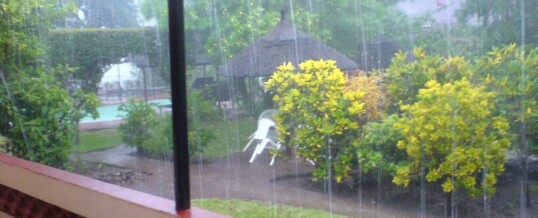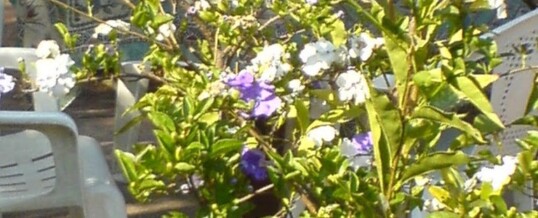
It was the coldest winter ever. Many animals died because of the cold. The porcupines, realizing the situation, decided to group together. This way they covered and protected themselves, but the quills of each one wounded their closest companions, even though they gave off heat to each other.
After a while, they decided to distance themselves, one from the other and they began to die, alone and frozen. So they had to make a choice: Either accept the quills of their companions or disappear from the earth. Wisely, they decided to go back to being together. This way they learned to live with the little wounds that were caused by the close relationship with their companion, but the most important part of it was the heat that came from the others. This way they were able to survive.
There is a moral to this story: The best relationship is not the one that brings together perfect people, but when each individual learns to live with the imperfections of others and can admire the other person’s good qualities.
The Moral?
LEARN TO LOVE THE PRICKS IN YOUR LIFE.
OCT











